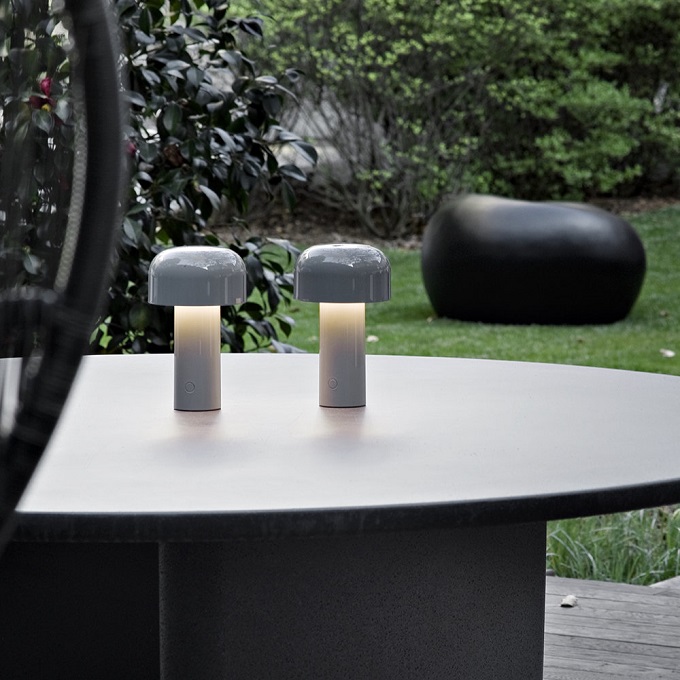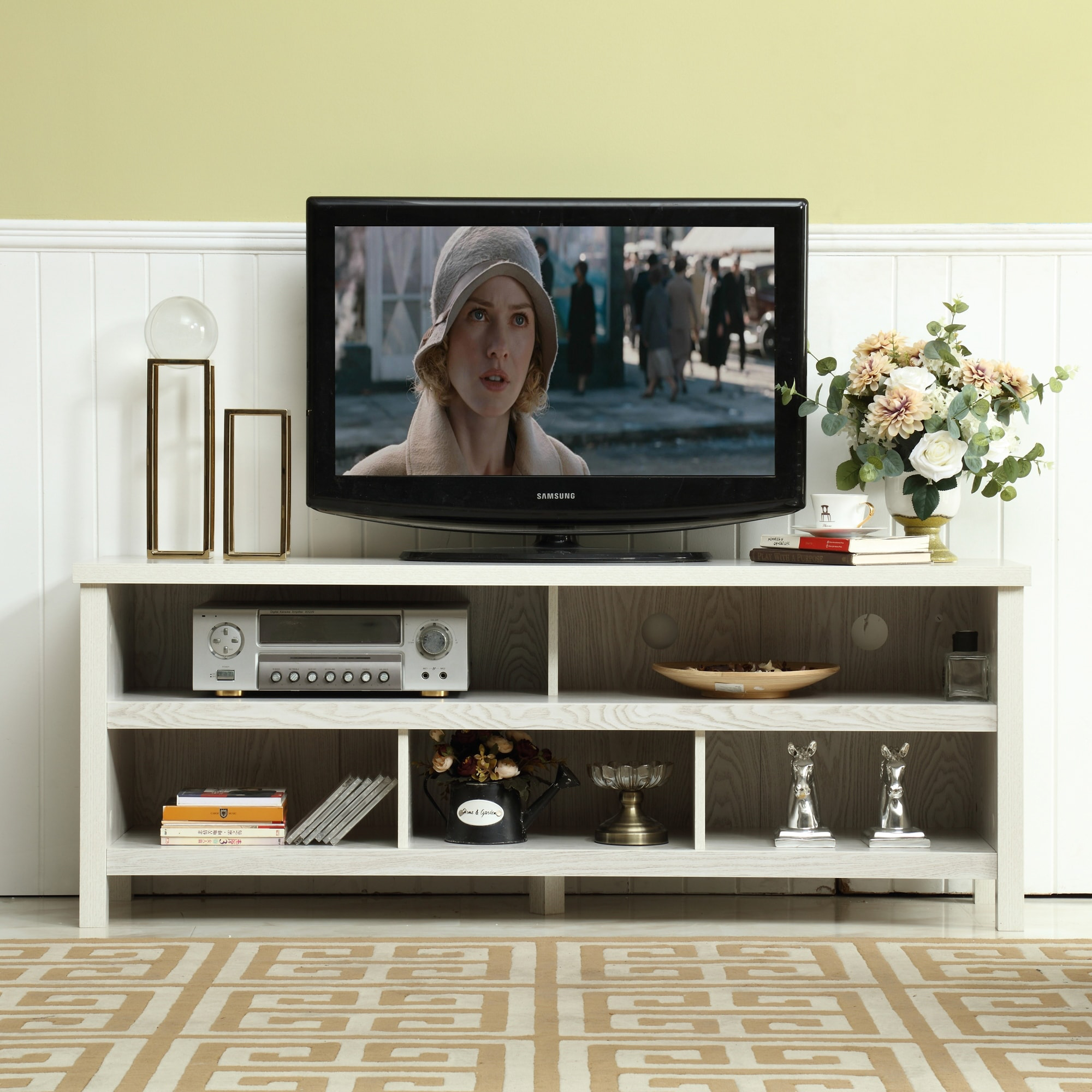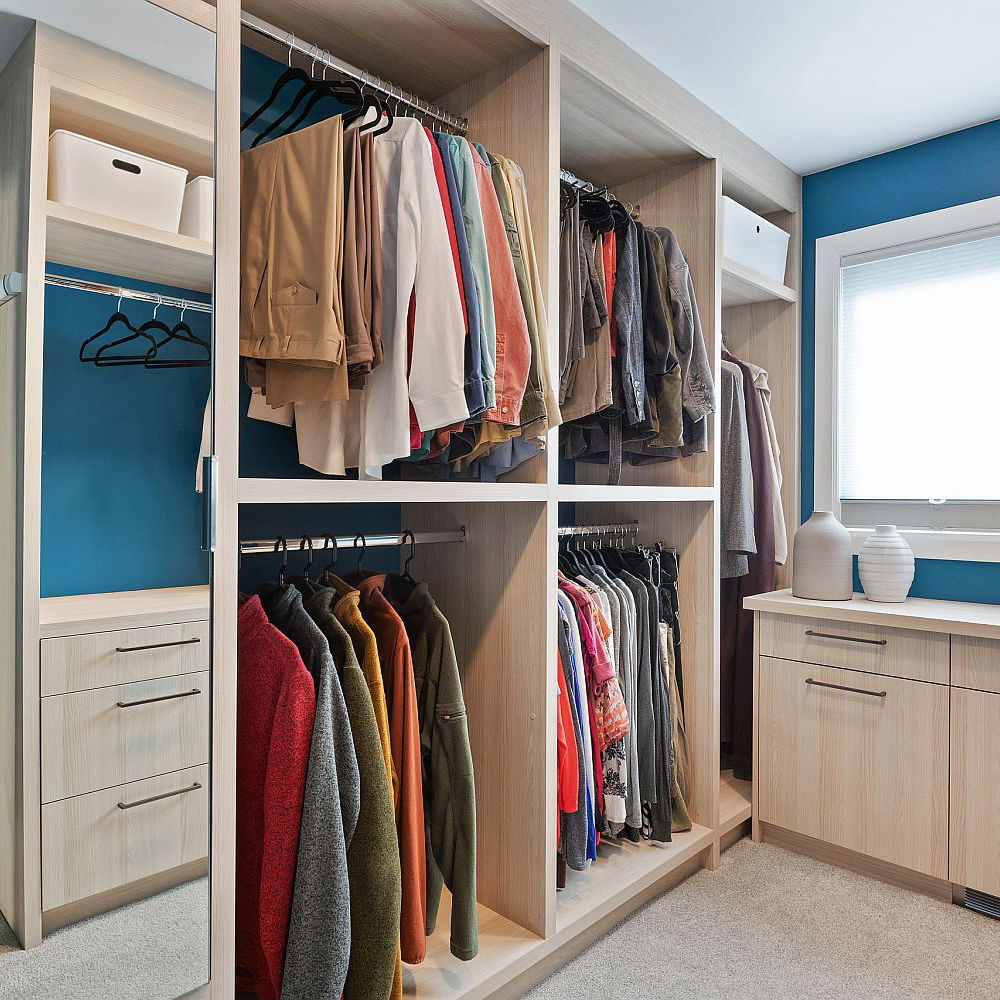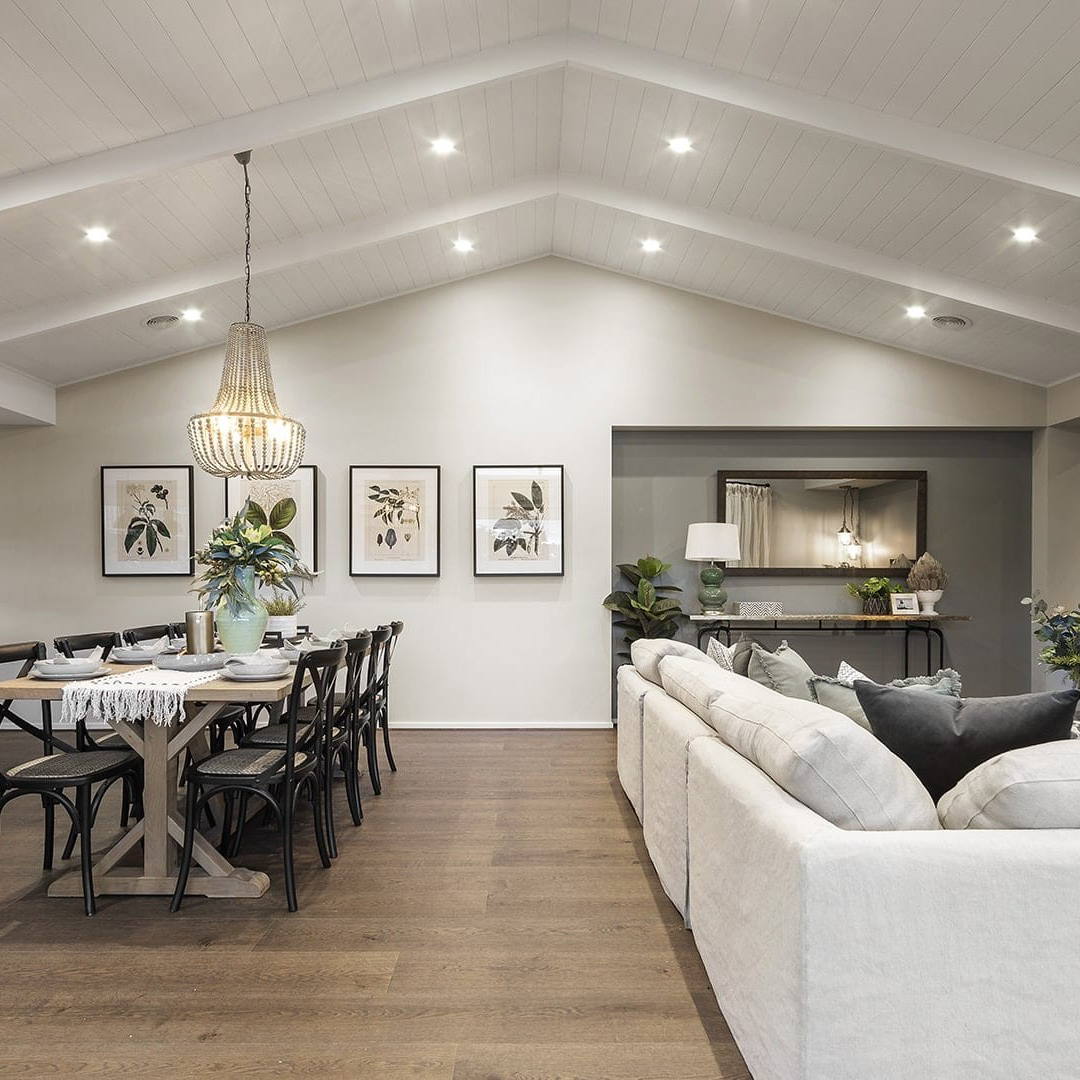
During the spring transition period, mares enter into an erratic cycle of estrous activity. This is a period of receptivity that can lead to split heats. In order to stimulate ovulation, many farms utilize artificial lighting. This is a proven method for advancing the ovulatory cycle in mares.
The natural breeding season for mares occurs during the light-filled days of summer. The natural cycle is characterized by an increase in day length and a decreased follicular activity. This results in a prolonged ovulatory season. It is also important to provide adequate light for stallions. The size of the testes naturally limits the amount of sperm that can be retrieved. By increasing day length, stallions are able to produce more sperm and breed more efficiently.
In temperate climates, about 25 percent of mares cycle year-round. In these regions, it is important to increase day length to simulate the conditions of spring. This is especially true for young stallions, who need to be exposed to sufficient light for optimal fertility.
In addition to the benefits of increasing day length, artificial lighting can also stimulate a mare’s ovulatory activity. This is especially important for stallions, who have reduced fertility during the winter months. As a result, it is recommended that stallions begin Long Day therapy at least 70 days before the beginning of their peak reproductive period. This will advance the ovulatory cycle and improve the health of their foals.
In most horse breeding operations, artificial lighting is applied inexpensively. In a typical stall, a 200 watt incandescent bulb will give sufficient illumination. For box stalls, two 40 watt fluorescent bulbs are recommended. It is also important to install a timer. Set the lights to turn on at 5:00 p.m. and manually turn off at 11:00 p.m. This is to ensure that the lighting schedule is adhered to.
Mares are classified according to their ovulatory cyclicity. They can either be Seasonally Polyermous or Seasonally Asymptomatic. Seasonally Polyermous mares are generally open mares who cycle during the day. Those who cycle during the night are categorized as asymptomatic.
A Long Day light therapy program can improve the health and performance of horses and mares. The ovulatory activity in mares begins in the 60-90 days prior to the official start of the breeding season. However, if the transition from Short to Long Day is delayed, mares can experience a prolonged estrous cycle, resulting in a split heat. The rapid transition from Short to Long Day can stimulate early ovarian activity.
Using artificial lighting to simulate increased day length is a proven method for advancing the breeding cycle in mares. Ideally, mares should be exposed to artificial lighting from the beginning of December through January. Then, the light intensity should be adjusted to reach a minimum of 10 foot candles, which is equivalent to about 16 hours of light. This is the minimum light intensity required for the breeding season.
When the official start date for the breeding season arrives, mares should be ready to breed. In some breeding operations, they have personnel operate the lights. Ideally, the mares are housed in individual stalls, and have adequate window space. If the mares are normally housed outdoors, they should be brought in for the night before dark.




